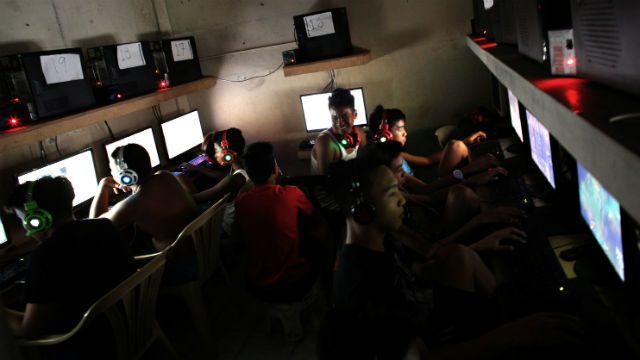SUMMARY
This is AI generated summarization, which may have errors. For context, always refer to the full article.

MANILA, Philippines – The United Nations Children’s Fund revealed today that more than 175,000 children go online for the first time every day. This means that for every half second, there’s a new child going online.
The organization acknowledged the benefits of this level of digital access, saying that it exposes to children to “a wealth of benefits and opportunities.” However, they also stress that access may also expose children to harm, such as ” access to harmful content, sexual exploitation and abuse, cyberbullying, and misuse of their private information.”
Laurence Chandy, UNICEF Director of Data, Research and Policy, says, “While governments and the private sector have made some progress in formulating policies and approaches to eliminate the most egregious online risks, more effort must be made to fully understand and protect children’s online lives.”
The agency also said that 1 in 3 internet users is a child, but expressed worry as they said that too little is being done to “protect them from the perils of the digital world.” They’ve outlined just what these perils are, and the current status quo as to how children are being protected in their publicly accessible study, “The State of the World’s Children 2017: Children in a digital world.”
The UNICEF stresses that protecting children online is the responsibility of everyone including governments, families, schools and other institutions. The agency, in a press release, offered a set of action points that they believe will help enhance the safety of children going online while still being able to enjoy the benefits of the internet, posted below:
1) Coordinating global, regional and national response. We must deepen collaboration between policy makers, law enforcement and the technology industry to embed principles of safety in the design of technology, and to work together to find solutions to keep pace with digital technology that can enable and conceal illegal trafficking and other online child sexual abuse.
2) Safeguarding children’s privacy. We need a much greater commitment by the private sector and government to protect and not misuse children’s data and to respect its encryption; the full application of international standards in collecting and using data about children online; and to teach children how to protect themselves from threats to their own privacy.
3) Empowering children online through more equitable access and digital literacy. Children must be taught how to keep themselves informed, engaged and safe online, including through greater collaboration between governments and technologists to develop ICT platforms and curricula from primary school through high school; supporting online libraries and expanding the capacity of public libraries to teach digital skills; investing in teacher training in digital technology; teaching children how to recognize and protect themselves from online dangers and misinformation; and making digital citizenship a core component of digital literacy instruction.
4) Leveraging the unique role of the private sector. There is an urgent need for the establishment and enforcement of industry wide ethical standards on data and privacy that protect and benefit children online, including ethical product development and marketing that mitigates risks to children.
5) Investing in better evidence about access, opportunities and risks for children online. We need better evidence about children’s access and activities online, so we can leverage this evidence for regulatory frameworks and policies that recognize the distinct needs and rights of children; strengthen coordination and knowledge sharing at the global level to address the challenges of a digital world; deepen collaboration with children’s organizations; and engage more systematically with policymakers and lawmakers.
“In the time it takes to click on a link, a child somewhere begins creating a digital trail which those not necessarily considering the child’s best interest can follow and potentially exploit,” said Chandy.
“As younger and younger children join the Internet, the need to have a serious discussion about how to keep them safe online and secure their digital footprint becomes increasingly urgent.” – Rappler.com
Add a comment
How does this make you feel?
There are no comments yet. Add your comment to start the conversation.